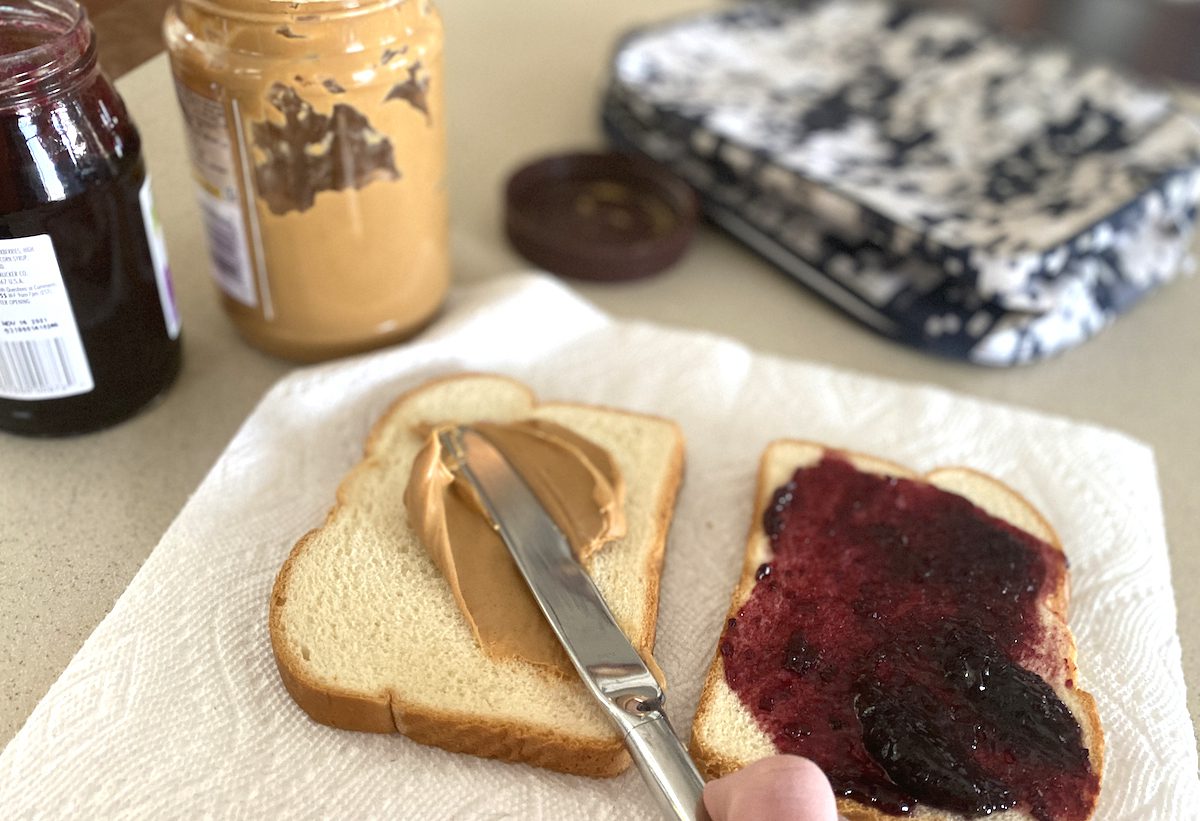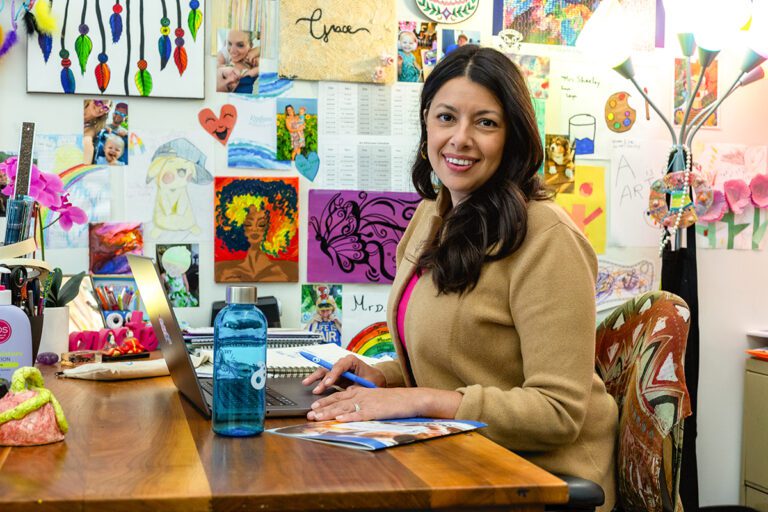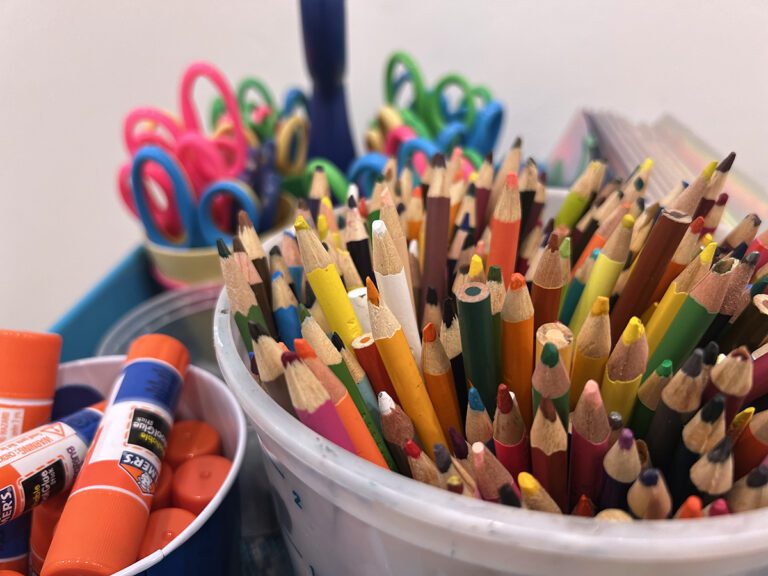We are often hit with comments such as, “Artists are so creative,” and, “Your students are so talented,” as if talent and creativity are synonymous, something we are born with or not. But what about the practice and discipline it takes to create daily? This is compounded by forcing creativity into defined times of the day, like in our class schedules or even in our own personal studios. Creating on-demand is challenging at best; how do we cultivate a creativity routine in order to foster an environment of producing ideas?
Have you exhausted your creativity, or has it just been reallocated?
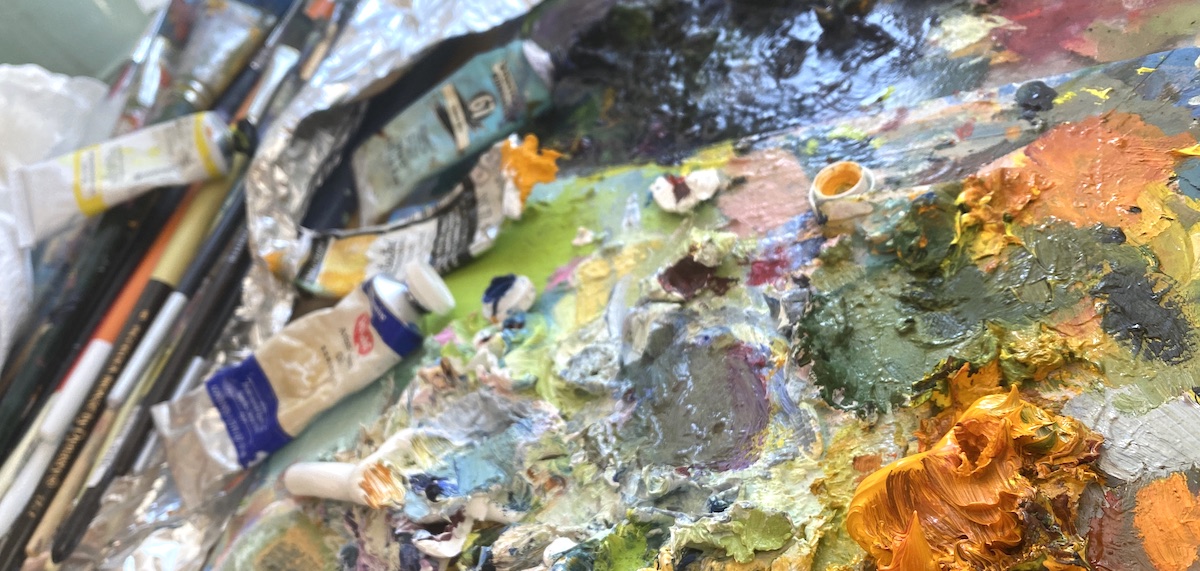
Can we create… creativity?
First, forcing yourself to create even when you don’t feel like it, may help to generate ideas, clear your head, and clarify your ideas. Consider visual journaling, stream-of-consciousness writing, or drawing from observation. All of these practices promote mindfulness and allow us to access a calmer state of meditative processing. Another approach to clear your mind and raise your endorphins is to exercise. Going for a brisk walk in the fresh air, riding a bike, or even engaging in ten minutes of yoga can calm your spirit and allow your mind to access ideas you didn’t know you had.
Recharge your creativity! Take a Graduate Course.
Working on multiple artworks at a time is helpful in satisfying the various stages of your creative energy. Developing an ongoing, long-term artwork over months or even years can have benefits when you’re not feeling inspired. You might find yourself more grounded when focusing on one task at a time, preparing your creative juices to flow into the next activity. There are a million different tips to help get your creative juices flowing. Choose one tried-and-true strategy to jump-start your routine, or have a list in your pocket to access anytime you’re feeling the urge to refresh.
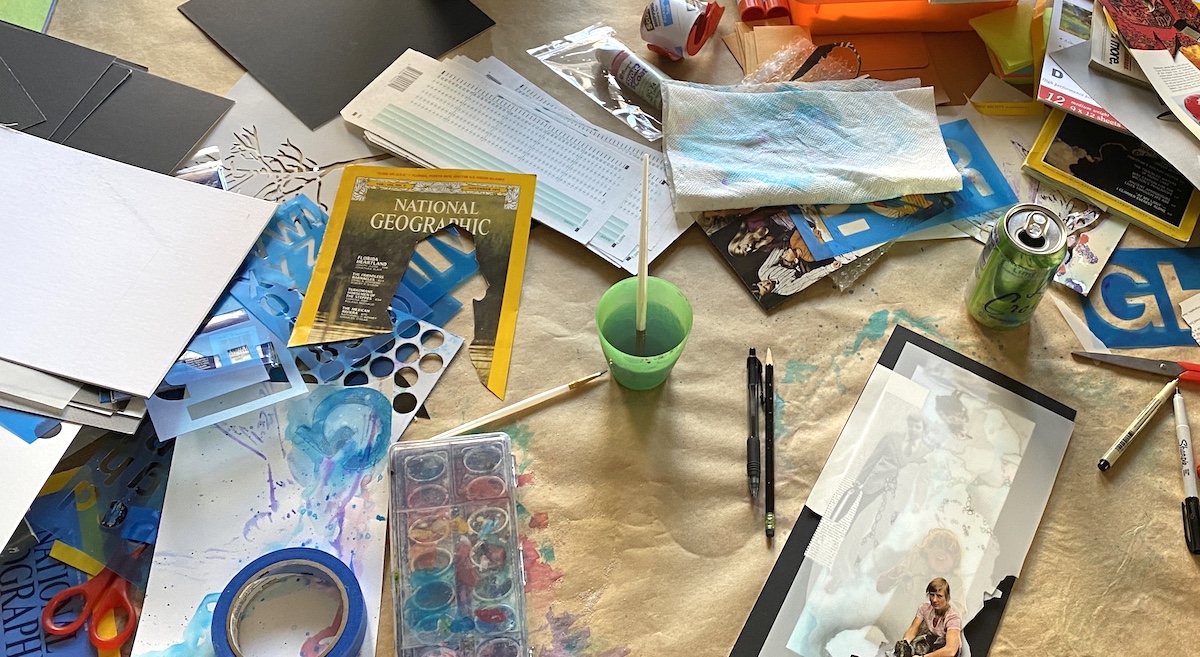
Did I lose my creativity? Where did it go?
Despite our best efforts to practice regularly creative habits, sometimes we just don’t feel like creating at all. You might be wondering, “What happened to my creativity? Did I just… lose it? Is it gone for good?” Creativity is like energy; it doesn’t ever really go away so much as it becomes redirected into other endeavors. When you are feeling in a creative slump, take some time to reflect on the different ways you have spent your creative cache.
Teaching takes up a tremendous amount of creative space; Moment-to-moment problem-solving, coming up with creative prompts and projects, and exploring new techniques for next week’s lessons, all take a toll on our creativity. Often, new and veteran teachers alike feel like they have lost their flair for making, when in fact, their creative spark has just been pushed toward their daily teaching practice.
When considering your creative balance, let’s think of a few other ways our creativity might be reallocated toward other activities. Cooking is a great example of an incredibly creative daily task you might be taking for granted. Preparing ingredients, mixing spices, and even the presentation on the plate all pull from your creativity bucket. If you’re packing PB&J sandwiches every day, you might consider if your creative bucket is running a little low. On the flip side, making those same routine lunches might help you conserve your creative energy for the times you will need it most.

How can I replenish my creativity?
Recently, I found myself stuck in a creative slump. Matt Milkowski, my good friend and art teacher at Kenwood Academy High School in Chicago, suggested finding quality ways to consume in order to refill the creativity bucket. To fuel our bodies, we need to eat. The types and quality of food we choose to feed our bodies, however, significantly impact how it functions. Fast food tastes good and is convenient, but will only make us feel bogged down and gain weight fast.
Just like eating, we need to consume creativity from quality sources to help fuel our creative outlets. Sure, binge-watching The Bachelor can give you much-needed downtime to de-stress after a long day, and that’s okay. But when looking for sources to fuel your creativity, picking out movies and shows with a finely wordsmithed script or beautifully painted dreamy environment can be just the ticket.
Documentaries can help you consider connections with the world beyond your bubble and help to stretch thinking. While creating, audiobooks or podcasts can be a great way to get into your zone and also learn something new along the way. Listening to a podcast about a topic of personal interest can get your gears moving and your ideas flowing. At the same time, an audiobook can help your mind wander into another world and inspire your palette.
It’s always inspiring to go to see artwork in real life. While wandering around a museum or gallery can provoke your visual creativity, try engaging more senses to get your mind in a creative state. Make plans to attend a live music event or a book reading, attend a play or musical, take a one-day dance workshop. Immersing yourself in a creative scene that piques all senses can also help refuel your creative soul. Feeling burnt out with teaching? Attending your national, local, or online art ed conference can help spark some new ideas or remind you of great old tricks to bring your creativity back to the classroom.
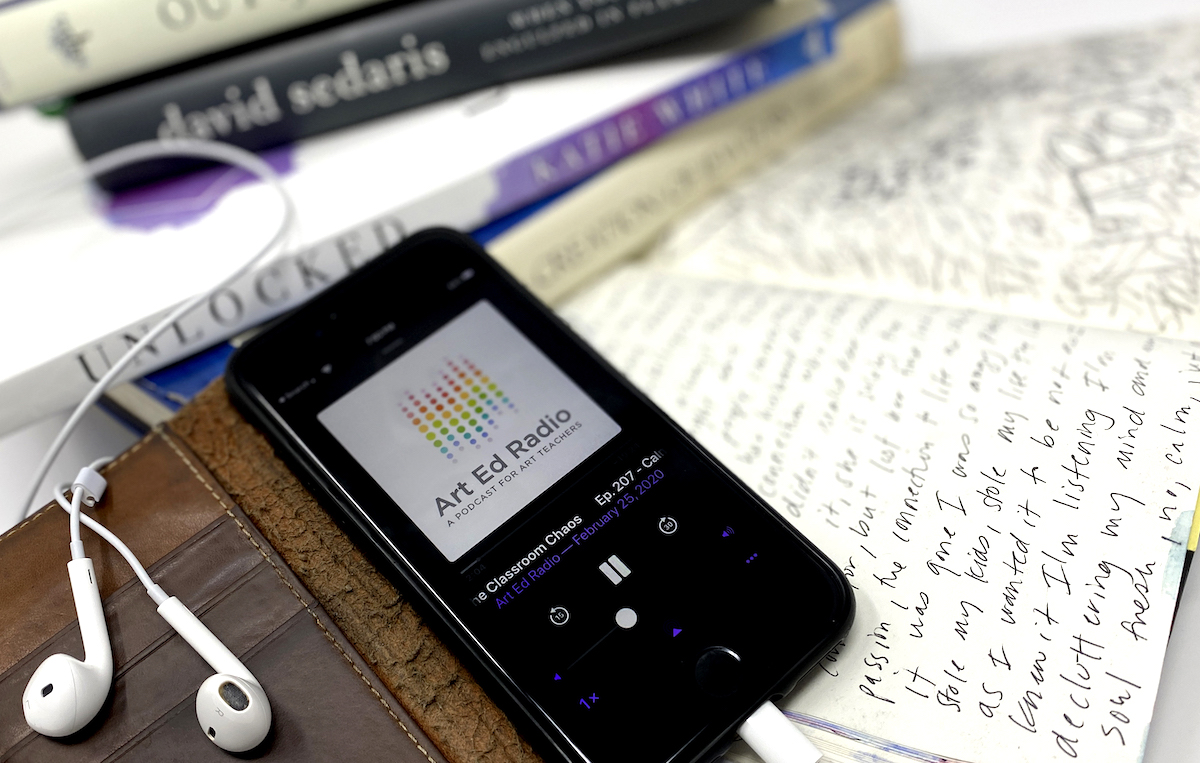
Just as a chef needs to taste a wide range of foods to explore their palette, so do artists need a variety of creative input to refuel their fire. The first step in all of this is to determine if you are burnt out in general and just need a vacation or if you are spreading your creativity thin among too many variables and feeling stuck. Taking time to reflect on the many ways you use your creativity can help you prioritize your needs for the right time. Then, list the ways you incorporate all of your senses to consume creativity. This will give you go-to options when you’re feeling stuck.
Finally, don’t forget to be kind to yourself and make time in your busy schedule to create. Whether you are creating or consuming, you are still adding fuel to your fire. When we feed our creativity, it will give back to us tenfold.
What are some ways you spend your creativity besides making art?
When feeling depleted, what are your favorite ways to combat the creativity crunch?
Magazine articles and podcasts are opinions of professional education contributors and do not necessarily represent the position of the Art of Education University (AOEU) or its academic offerings. Contributors use terms in the way they are most often talked about in the scope of their educational experiences.
